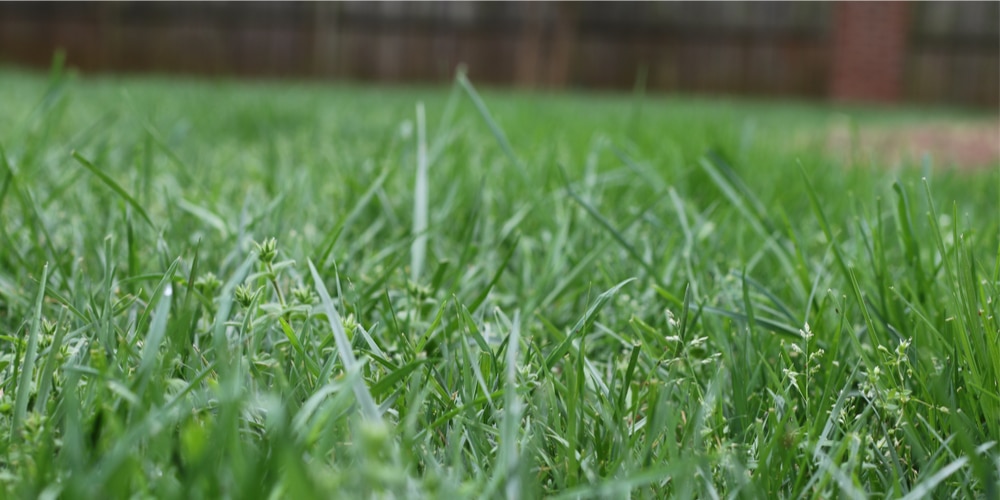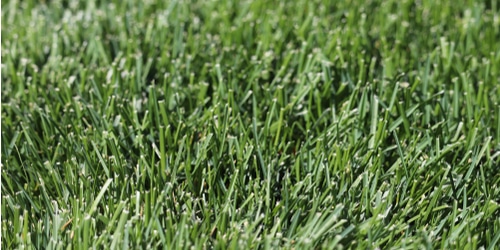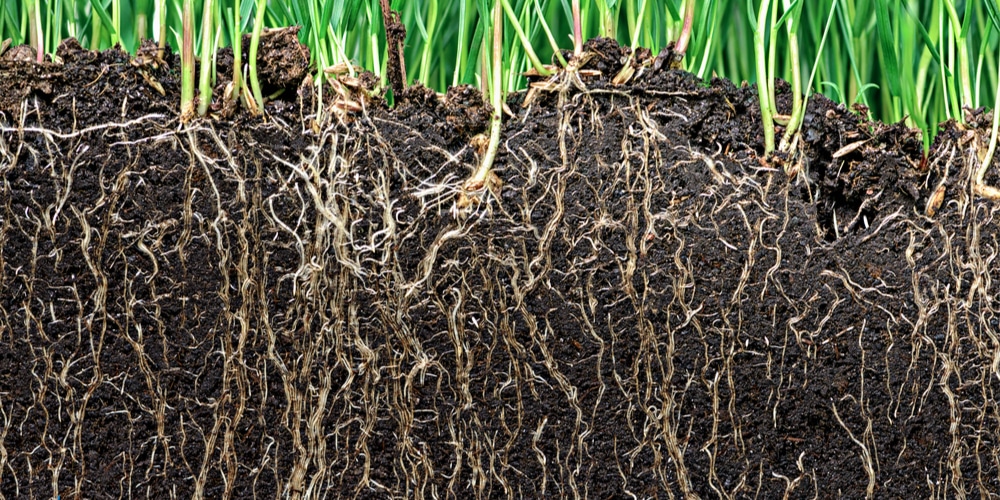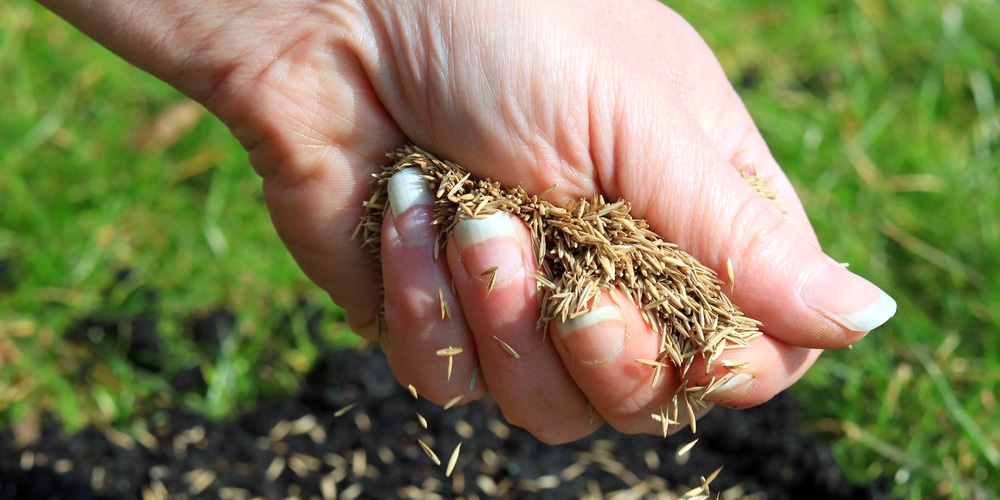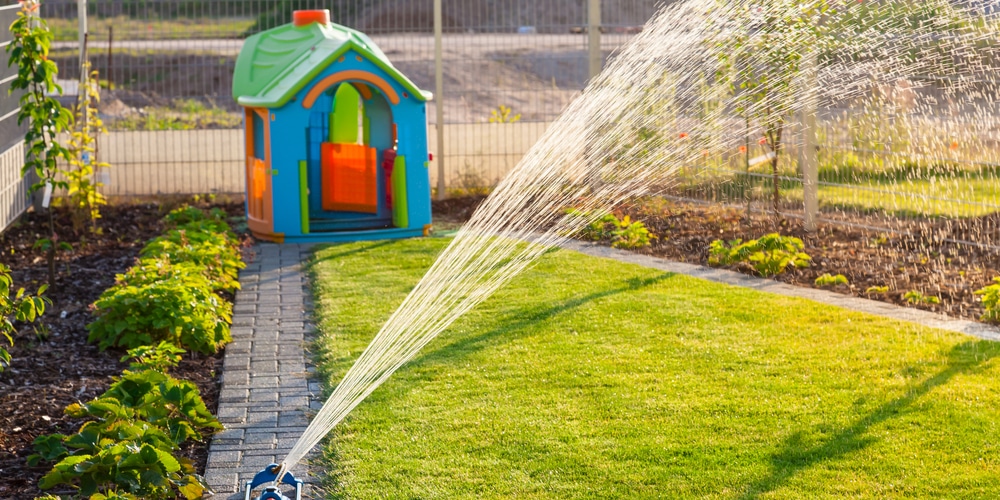If you’re aiming to create a lawn that looks great and is healthy and thriving, you’ll need to choose the right variety of grass. Homeowners who live in cooler areas should plant cool-season grasses such as Tall Fescue or Kentucky Bluegrass. Both these varieties can be used to produce a beautiful lawn, but there are some advantages and disadvantages to each.
This article will compare Fescue vs. Bluegrass. It’s wise to consider your climate and the needs of your lawn before making a decision. Let’s look at the differences and similarities of these two popular types of cool-season grasses.
Fescue vs. Bluegrass
Different grass varieties have slightly different growing requirements and characteristics. Homeowners also have preferences when it comes to their lawns. Some people like their lawns to look nice and green. Others want it to feel nice as well so that they can play outside with their kids or lay on the grass. There are many different kinds of Fescue and Bluegrass, the most common being Tall Fescue and Kentucky Bluegrass.
Tall Fescue
Tall Fescue is a very hardy variety of robust grass that doesn’t easily suffer from wear and tear. It’s a turf grass that’s often used in playing fields and soccer pitches. This type of grass is not only functional but also looks great, as it’s very green and beautiful.
Tall Fescue is a cool-season grass which means it grows throughout the fall and winter months. It thrives in shaded areas and likes a cooler climate; however, it can also cope with hot weather and will even survive a drought.
Tall Fescue is commonly grown in yards in the north and south of America. It’s very easy to care for and doesn’t need much watering or maintenance. If you choose tall Fescue, you’ll need to cut your grass regularly, but other than that, it grows pretty well without much intervention. This type of grass is also fast to germinate and grows vertically. If damaged, the grass cannot self-repair, so you may find that you end up with bald patches that need to be overseeded.
Kentucky Bluegrass
Kentucky Bluegrass is another attractive variety of grass that thrives in cooler climates. It even does well in extremely cold places. Although it’s a cool-season grass, it doesn’t like to grow in the full sun, but unlike tall Fescue, it isn’t as tolerant of hot weather and will suffer during a drought. Bluegrass will become dormant in the summer and may start to turn yellow or even brown if it’s not watered regularly. If you choose Kentucky Bluegrass over Tall Fescue, you’ll need to care for your lawn as this grass requires mowing, aerating, and watering.
Kentucky Bluegrass is fast-growing after germination and is able to spread horizontally, which means you won’t end up with patches. If the grass gets damaged, your lawn will repair itself.
Fescue vs. Bluegrass Differences
While at first glance, Fescue vs. bluegrass seem like very similar varieties of grass. There are also some significant differences between the two, including how they grow and their care requirements.
Root systems
The main difference between Tall Fescue and Kentucky Bluegrass is the root systems and the way the grasses grow. Tall Fescue grows in small clumps, and blades of grass grow vertically. This grass is generally the faster growing of the two. Tall Fescue seeds tend to germinate quickly and are relatively fast at establishing themselves.
Kentucky Bluegrass, on the other hand, grows slightly differently. It grows via a horizontal rooting system known as rhizomes. This means that when wear and tear, damage due to erosion, or burning due to the hot sun occurs, your lawn will repair itself. For this reason, bluegrass varieties or mixtures that contain bluegrass and other rhizomes are well suited for areas that are likely to suffer from erosion. In addition, their robust root system knots the soil together, allowing it to stay strong against flood damage or heavy winds and rains. This can help stop the earth from being washed or blown away.
Spreading
As bluegrass spread horizontally, it will encroach on areas such as flowerbeds, walkways, and paths. As a result, you’ll need to cut the grass back and maintain your borders constantly.
On the other hand, Tall Fescue isn’t able to spread sideways, so you can grow it up against the edge of flower beds and paths without worrying.
Watering and Care
Kentucky Bluegrass needs to be moderately watered regularly. However, it doesn’t need to be mowed very often as it mainly grows horizontally. Tall Fescue grass, on the other hand, is more tolerant to the heat and drought and only needs minimal watering. This grass variety has a deep root system, which means that it can absorb water that’s held deep within the soils. Tall Fescue does need to be cut regularly, and if it’s damaged, you’ll need to overseed patchy areas.
Fescue vs. Bluegrass Similarities
And now, let’s look at the similarities between Fescue vs. bluegrass.
Planting
Both Tall fescues and Kentucky Bluegrass should be planted during the cooler seasons. You can plant your grass seeds in the fall, which will give the seeds time to germinate and establish themselves before the cold winter sets in. Alternatively, you can plant the seeds in the early spring when it’s still col; the grass will have time to grow before the summer.
Before planting, ensure that you correctly prepare your land by removing any old turf, flattening and raking the soil. The seeds can then be sown. You may also be interested in Perennial Ryegrass vs. Tall Fescue.
Conclusion:
When comparing Fescue vs. Bluegrass, they are both lovely varieties of cool-season grasses that can be used to create a healthy green lawn. Both types of grasses are generally easy to care for and fast-growing. However, they have slightly different care requirements. You can choose the grass that meets your needs. Consider the climate you live in, the traffic intensity, and the activities you plan to do in your yard before choosing the type of grass that will meet your needs.
